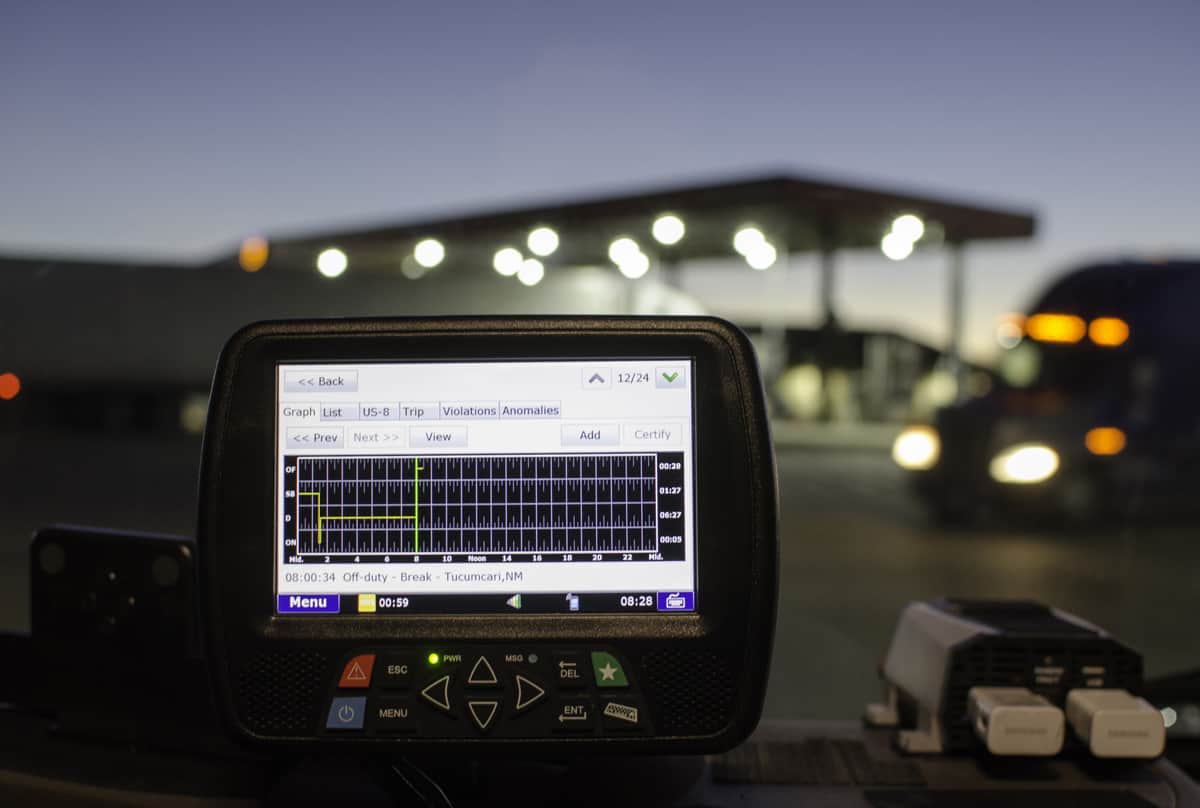The American Trucking Associations (ATA) and the Teamsters union agree that truck driver fatigue is an issue, but the two organizations disagree on how to solve the problem.
Testifying on Tuesday at a Senate Commerce committee hearing on freight transportation issues, Lamont Byrd, director of the union’s safety and health department, told lawmakers that a big part of the problem are the changes made to the hours-of-service (HOS) regulations last year, which he says is resulting in drivers working more than 60 hours a week and often more than 14 hours per day.
The Teamsters are appealing the HOS changes in federal court but in the meantime would like to see a suspension of the changes included in the next surface transportation reauthorization.
“I think we need to revisit the hours-of-service regulation, and we need to look at this from the perspective of the impact that it makes on driver health and the ability to get restorative rest,” Byrd said. “They allow too many hours for drivers to work each week.”
ATA President and CEO Chris Spear acknowledged that while driver fatigue is a problem, “we’re not out there pounding the pavement for an hours-of-service suspension. We have a driver shortage, and to have a suspension of hours of service and work our drivers even harder is going to exacerbate the problem.”
Spear pointed out that two-thirds of accidents involving trucks are actually caused by passenger vehicles, according to federal statistics, with speeding and texting the leading causes.
“So as we look at this panoramically, you have to deal with tired drivers, you have to deal with keeping the hours in check,” he said, noting that the federal mandate of electronic logging devices does that by making certain drivers stay within their legal hours. However, “we have a long way to go in terms of really bringing the overall fatalities down.”
The hearing was a chance for the freight transportation industry to lay out priorities and concerns as lawmakers debate the Biden administration’s multi-trillion-dollar infrastructure package. In addition to trucking, witnesses included representatives from the port and rail sectors.
“We’re getting beat on infrastructure spending, particularly by China,” testified Chris Connor, president and CEO of the American Association of Port Authorities (AAPA). Connor said that his association was in the early stages of producing a white paper called “Staying a Superpower.”
“Our early analysis shows that when it comes to public spending on all things related to waterborne transportation, China outspends the U.S. by a measure of 2-to-1. I think all the problems we’re experiencing right now are a function of decades of underinvestment in port and intermodal connections to move freight.”
Railroad Rehabilitation and Investment Financing (RRIF) loans, developed to help railroads with financing rail projects, have “never quite gotten there” in working out for smaller railroads, testified Chuck Baker, president of the American Short Line & Regional Railroad Association.
Baker said he supported a bill introduced by Sen. John Thune, R-South Dakota, to help short lines participate in RRIF loans, including streamlining the application process, extending the length of the loan terms and increasing flexibility on collateral requirements.
Baker also underscored railroad opposition to any legislation that increases current truck size or weight limits.
“Any increases and exceptions to current federal limits would further subsidize freight highway transportation, alter the economics of freight shipping and would result in a shift from freight rail to highway transportation, which would impact the environment and the public infrastructure paid for with taxpayer dollars,” Baker testified in written comments.











Stephen+Webster
We need overtime pay after 10 hours per day and double time after 13 hours per day. Truck drivers need to have safe parking.
dwigget
Want to disincentivize drivers from hiding hours as sleeper/etc while loading? We regulate by hours & pay by the mile, as long as a drivers time is worth nothing, this major source of fatigue will continue (it also incentivizes speeding & other behaviours).
Eons ago when Europe went to analog Tachograph (early version of an ELD, essentially), they banned pay by the mile – drivers get paid by the hour. I mention this as there is an “it can’t be done” mentality out there, & yet across the Atlantic it has been the norm for decades.
With ELDs & other telematics, the primary argument for exempting truck drivers from this provision of the Fair Labor Standards act is now null.
Adam w
This has to be a financial thing for the unions as a long haul driver the new hos allows me for a split day instead of driving tired for 8 hrs at a time I can split my hos ,go to the gym, shower ,eat ,nap without effecting my overall day to much . I ask you what’s safer a clean rested driver or one that’s be driving 7hrs and 50 minutes straight trying to keep time with his elog.
Claude
The new reg is better than the alternative, where we run out of hours at shipper and can’t drive, can’t park, all we do is illegal. However if someone plans for it and sets up a 20 hour work day for you on purpose it’s abusive. Once again, we see the need to separate regs as they should apply to a reasonable plan put on a driver by a planner, and what the driver themselves should be allowed to do if they need to. A reasonable plan shouldn’t have more than 14 hours between rest breaks, but if it takes a 17 hour day for driver to get somewhere safe to shut down due to unforeseen delays, it should be legal.